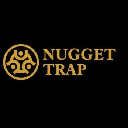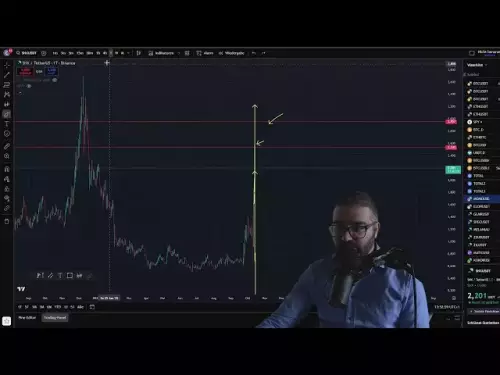-
 bitcoin
bitcoin $115692.075601 USD
5.13% -
 ethereum
ethereum $4162.931611 USD
11.68% -
 bnb
bnb $1310.063287 USD
17.56% -
 tether
tether $1.000983 USD
0.00% -
 xrp
xrp $2.534505 USD
8.16% -
 solana
solana $198.235737 USD
13.49% -
 usd-coin
usd-coin $1.000236 USD
0.02% -
 dogecoin
dogecoin $0.207352 USD
12.89% -
 tron
tron $0.323043 USD
3.62% -
 cardano
cardano $0.701559 USD
11.88% -
 hyperliquid
hyperliquid $39.924597 USD
8.30% -
 chainlink
chainlink $18.934457 USD
11.56% -
 ethena-usde
ethena-usde $1.000552 USD
0.02% -
 stellar
stellar $0.340575 USD
7.05% -
 bitcoin-cash
bitcoin-cash $545.011757 USD
8.86%
What is a custom RPC and how to add it to MetaMask?
Adding a custom RPC in MetaMask connects your wallet to alternative blockchains, enabling access to dApps and tokens on networks like BSC, Polygon, or Avalanche.
Oct 09, 2025 at 10:19 am
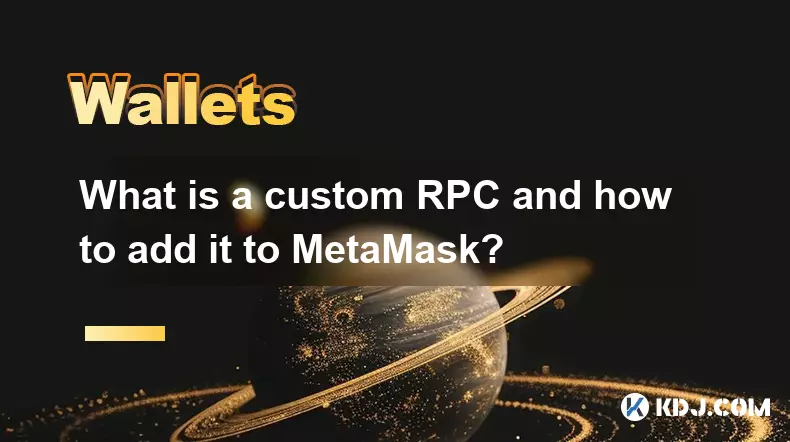
Understanding Custom RPC in the Context of Blockchain and Cryptocurrency
1. A custom RPC (Remote Procedure Call) endpoint allows a wallet like MetaMask to communicate directly with a specific blockchain network. This becomes essential when interacting with blockchains that are not natively supported by default in the wallet interface. By adding a custom RPC, users gain access to decentralized applications (dApps), tokens, and services running on alternative networks such as Binance Smart Chain, Polygon, Avalanche, or Arbitrum.
2. Each blockchain maintains its own set of nodes that process transactions and validate blocks. These nodes expose RPC URLs, which act as gateways for external tools to query data or send transactions. When you configure a custom RPC in MetaMask, you're telling the wallet where to send your transaction requests and how to retrieve information about your account balance and smart contract interactions.
3. The configuration includes several components: the RPC URL itself, the chain ID (a unique identifier for the network), the currency symbol (like BNB or MATIC), and block explorer URLs. Incorrectly entering any of these values may result in failed transactions or inaccurate balance displays, so precision is critical during setup.
4. Many decentralized exchanges and yield farming platforms operate on non-Ethereum networks due to lower fees and faster confirmation times. To participate in liquidity pools or stake tokens on these platforms, connecting via a correctly configured custom RPC is mandatory. Without this link, MetaMask will only recognize Ethereum-based assets and cannot interact with contracts deployed elsewhere.
5. Security considerations must be taken seriously when using custom RPCs. Users should only add endpoints from trusted sources—preferably official documentation provided by the blockchain team or well-known infrastructure providers like Alchemy, Infura, or public community-maintained lists. Malicious RPC providers could theoretically log user activity or manipulate transaction data.
Steps to Add a Custom RPC Network to MetaMask
1. Open the MetaMask extension in your browser and ensure you’re logged into your wallet. Click on the network dropdown located at the top of the interface, typically showing “Ethereum Mainnet” by default. From the list, select “Add Network,” which leads to a form requiring specific details.
2. Choose “Add a Network Manually” if the desired blockchain isn’t listed among popular options. You’ll need to input the correct RPC URL, which usually follows the format https://
3. Enter the Chain ID next. This numeric value uniquely identifies the blockchain and prevents cross-network confusion. For example, Binance Smart Chain uses 56 for its mainnet and 97 for testnet. Entering an incorrect Chain ID can lead to transaction failures or funds being sent to incompatible chains.
4. Provide the network name and native token symbol. While the name is descriptive and customizable, the symbol should match what the network uses—such as AVAX for Avalanche or FTM for Fantom. This ensures proper display of balances within the wallet interface.
5. Input the block explorer URL, such as https://bscscan.com for BSC or https://polygonscan.com for Polygon. This enables one-click transaction tracking directly from MetaMask. Once all fields are filled accurately, click “Save,” and the new network will appear in your network selector.
Common Issues and Troubleshooting Tips
1. If MetaMask fails to connect after adding a custom RPC, verify that the URL starts with “https://” and does not contain trailing slashes. Some public RPCs have rate limits; exceeding them results in timeouts or errors. Switching to a more reliable provider often resolves connectivity issues.
2. Transactions stuck in pending state may indicate a mismatch between gas settings and network conditions. Adjusting gas price manually based on current recommendations from the network’s community channels can help confirm delayed transactions.
3. Ensure the Chain ID matches exactly with the official specification. Even a single digit difference can cause MetaMask to treat it as a different network, leading to irreversible mistakes such as lost funds if transfers are attempted.
4. Some networks require manual addition of tokens even after successful RPC configuration. After switching to the correct network, use the “Import Tokens” feature and enter the contract address of the desired asset to view balances properly.
5. Never share your seed phrase or private key when setting up a custom RPC. No legitimate configuration process requires this information. Scam websites often mimic MetaMask interfaces to steal credentials under the guise of network setup.
Frequently Asked Questions
What happens if I enter the wrong RPC URL?Entering an invalid or inactive RPC URL prevents MetaMask from fetching blockchain data. Your balance may show zero, and transaction submissions will fail. Correct the URL using verified sources from the blockchain’s official website or developer portal.
Can I use multiple custom RPCs at the same time?MetaMask supports multiple configured networks, but only one can be active at a time. You switch between them using the network selector. All added networks remain saved unless manually removed.
Is there a risk of losing funds by adding a custom RPC?The act of adding a custom RPC does not put funds at risk. However, sending transactions to the wrong network due to misconfiguration can result in permanent loss. Always double-check the network name and Chain ID before transferring assets.
Where can I find official RPC endpoints for a blockchain?Official documentation sites, GitHub repositories, and community forums associated with the blockchain project are reliable sources. Projects like Polygon, Avalanche, and Optimism publish verified RPC URLs and setup guides for wallet integration.
Disclaimer:info@kdj.com
The information provided is not trading advice. kdj.com does not assume any responsibility for any investments made based on the information provided in this article. Cryptocurrencies are highly volatile and it is highly recommended that you invest with caution after thorough research!
If you believe that the content used on this website infringes your copyright, please contact us immediately (info@kdj.com) and we will delete it promptly.
- XRP Price Prediction: Weekend Rollercoaster or Rally?
- 2025-10-12 08:45:16
- Bittensor (TAO): Super Bullish Signals Point to Potential 2x Rally
- 2025-10-11 10:25:12
- Silver Price Correction: Navigating the Dip & Identifying Key SEO Keywords
- 2025-10-11 10:25:12
- Decoding Crypto Trends: Bittensor's Bull Run, Cardano's Dip, and LivLive's Presale Buzz in 'Uptober 2025'
- 2025-10-12 08:45:16
- MoonBull: The Crypto Meme Coin Promising 1000x Gains?
- 2025-10-11 10:30:01
- Crypto Payroll Revolution: Stablecoins, Altcoins, and the Future of Salary Payments
- 2025-10-11 10:30:01
Related knowledge
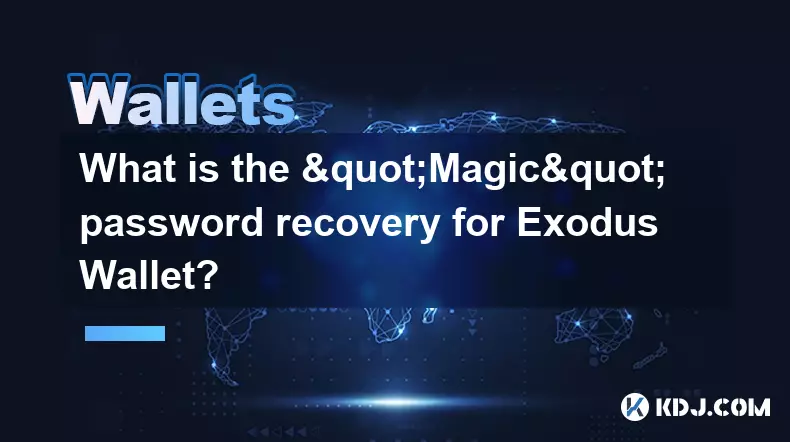
What is the "Magic" password recovery for Exodus Wallet?
Oct 13,2025 at 05:36pm
Magic Password Recovery in Exodus WalletExodus Wallet does not have a feature known as 'Magic' password recovery. The term might be misleading or misi...
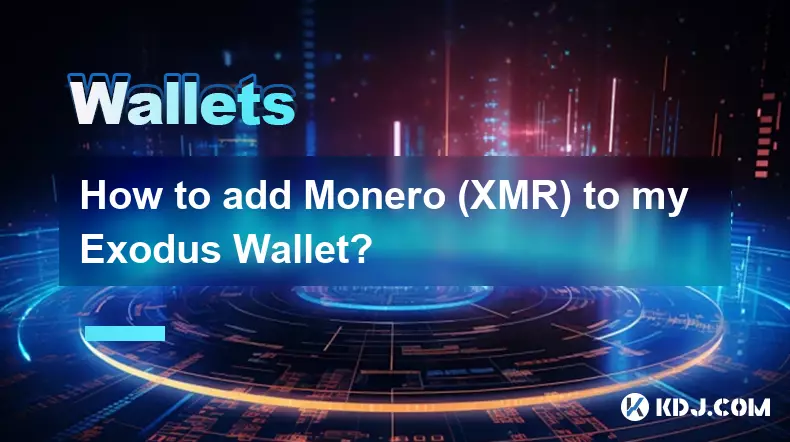
How to add Monero (XMR) to my Exodus Wallet?
Oct 10,2025 at 07:55am
Adding Monero (XMR) to Your Exodus WalletExodus Wallet supports Monero, one of the most privacy-focused cryptocurrencies available. Adding XMR to your...

How to change the theme or skin of my Exodus Wallet?
Oct 13,2025 at 05:18pm
Understanding Exodus Wallet CustomizationExodus Wallet is known for its user-friendly interface and vibrant design elements. One of the appealing feat...
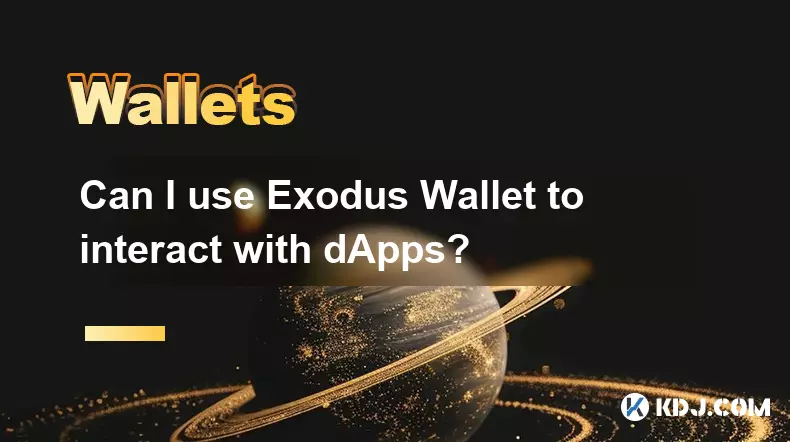
Can I use Exodus Wallet to interact with dApps?
Oct 10,2025 at 01:18pm
Exodus Wallet and dApp Integration1. Exodus Wallet has evolved into a multi-chain cryptocurrency wallet that supports a growing number of blockchains,...

How to find my Dogecoin (Doge) address in Exodus Wallet?
Oct 10,2025 at 09:01am
Finding Your Dogecoin Address in Exodus WalletExodus Wallet is a popular choice for storing various cryptocurrencies, including Dogecoin (DOGE). It of...
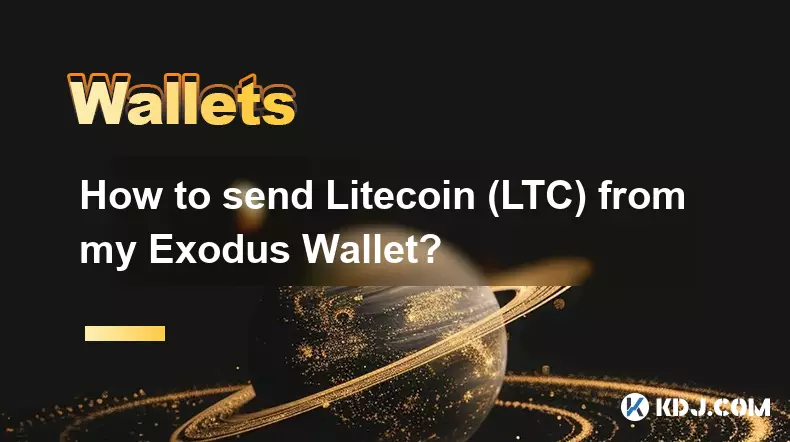
How to send Litecoin (LTC) from my Exodus Wallet?
Oct 13,2025 at 01:54am
Sending Litecoin from Exodus Wallet: A Step-by-Step Guide1. Open the Exodus Wallet application on your desktop or mobile device and unlock your wallet...

What is the "Magic" password recovery for Exodus Wallet?
Oct 13,2025 at 05:36pm
Magic Password Recovery in Exodus WalletExodus Wallet does not have a feature known as 'Magic' password recovery. The term might be misleading or misi...

How to add Monero (XMR) to my Exodus Wallet?
Oct 10,2025 at 07:55am
Adding Monero (XMR) to Your Exodus WalletExodus Wallet supports Monero, one of the most privacy-focused cryptocurrencies available. Adding XMR to your...

How to change the theme or skin of my Exodus Wallet?
Oct 13,2025 at 05:18pm
Understanding Exodus Wallet CustomizationExodus Wallet is known for its user-friendly interface and vibrant design elements. One of the appealing feat...

Can I use Exodus Wallet to interact with dApps?
Oct 10,2025 at 01:18pm
Exodus Wallet and dApp Integration1. Exodus Wallet has evolved into a multi-chain cryptocurrency wallet that supports a growing number of blockchains,...

How to find my Dogecoin (Doge) address in Exodus Wallet?
Oct 10,2025 at 09:01am
Finding Your Dogecoin Address in Exodus WalletExodus Wallet is a popular choice for storing various cryptocurrencies, including Dogecoin (DOGE). It of...

How to send Litecoin (LTC) from my Exodus Wallet?
Oct 13,2025 at 01:54am
Sending Litecoin from Exodus Wallet: A Step-by-Step Guide1. Open the Exodus Wallet application on your desktop or mobile device and unlock your wallet...
See all articles
















